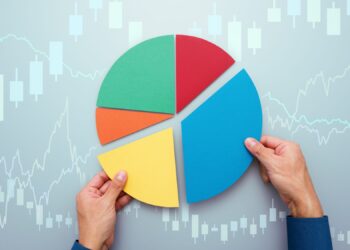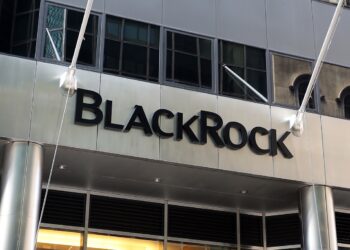The CPI rose 3.8 per cent over the year, marking the first release of the complete Monthly CPI, which now replaces the quarterly series as Australia’s primary headline inflation measure.
According to the ABS, the new monthly time series extends back to April 2024, when more frequent price collection began across several expenditure classes.
Annual inflation of 3.8 per cent to October was up from 3.6 per cent in September. Housing remained the largest contributor, rising 5.9 per cent over the year.
Food and non-alcoholic beverages and Recreation and culture each increased 3.2 per cent.
ABS head of prices statistics, Michelle Marquardt noted that underlying inflation had also edged higher: “Trimmed mean inflation for the complete Monthly CPI was 3.3 per cent in the 12 months to October 2025, up from 3.2 per cent in the 12 months to September 2025.”
Goods inflation rose to 3.8 per cent, driven by electricity costs, which increased 37.1 per cent.
Meanwhile, Services inflation reached 3.9 per cent, up from 3.5 per cent in September, with Rents (4.2 per cent), Medical and hospital services (5.1 per cent) and Domestic holiday travel and accommodation (7.1 per cent) the key contributors.
Housing inflation rose 5.9 per cent to October, reflecting increases in Electricity, Rents and New dwellings. Electricity costs alone rose 37.1 per cent, up from 33.9 per cent in September.
The ABS said the sharp rise was primarily due to State Government electricity rebates being used up and the timing of household payments under the Commonwealth Energy Bill Relief Fund (EBRF) and its extension.
State Government rebates that had been in place in Queensland and Western Australia in October 2024 have now ended, contributing further to the annual rise.
The timing of first and catch up payments under the 2024–25 EBRF program from July 2025 also influenced the increase.
Excluding Commonwealth and State Government electricity rebates over the past year, electricity prices rose 5.0 per cent, reflecting the annual price reviews implemented by energy retailers in July 2025.
VanEck’s head of investments and capital markets, Russel Chesler, commented that Australia’s inflation is “effectively back to where it was a year ago”.
“In its latest Statement on Monetary Policy this month, the RBA revised its inflation outlook, advising that elevated inflation (above 3 per cent) was likely to remain for much of 2026, before returning to slightly above midpoint of the 2-3 per cent target range by late 2027.
“There are several factors influencing the trajectory of inflation in Australia. Some of the ‘disinflationary gains’ from previous years, such as falling goods prices and government subsidies, have fallen off, while the ‘sticky’ components – namely services, housing, and electricity prices – have continued to rise,” Chesler added.
While rising inflation is “certainly something to keep an eye on”, especially since the RBA has predicted elevated inflation throughout 2026, Chesler stated that it will “continue to be business as usual for Australians” barring a sharp spike in either inflation or employment – something that hasn’t been seen in recent years.
“What we’ve recently seen throughout the ‘higher for longer’ tightening cycle and cost-of-living crisis is that the Australian economy is remarkably resilient,” he added.







